BTW
I officially have the longest 1:30 RC model in the world!
I officially have the longest 1:30 RC model in the world!
 |
As a way to introduce our brass coins to the community, we will raffle off a free coin during the month of August. Follow link ABOVE for instructions for entering. |
 |
 |
The beloved Ships in Scale Magazine is back and charting a new course for 2026! Discover new skills, new techniques, and new inspirations in every issue. NOTE THAT OUR FIRST ISSUE WILL BE JAN/FEB 2026 |
 |
I used the main wale as the major reference point and dont use the info provided in the kit manuals. But the kit drawings are they aots drawings so you can use these.View attachment 129369
I will start with the Fore decorations, this is the AOTS plan,
View attachment 129370
and these are the carvings on the model, not a lot of difference length wise, so I would not change anything here,
the main difference is in the height, I did not have the Royal Caroline book at the time and I just went with what the
kit showed, Maarten on the other hand did some alterations and closed the gap between the height of the carvings,
which make it look a lot better, I'm not sure what he did now, it could be in his build log, see pic below, hope you do
not mind me using your photo Maarten,
View attachment 129371
.
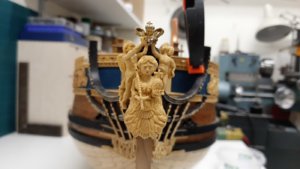
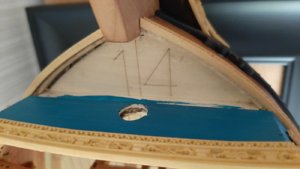
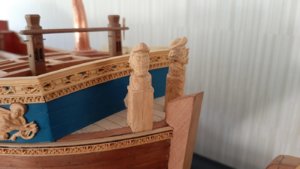
well, well, well... Thank you, Maarten, I will try to understand it all, but I might need to visit you again to get it right!I only use the drawings
Hi Alex, these are no LEDs just old fashioned glowbulbs. You can connect them to 3VAnyone knows whether these lamps from the RC kit are for =3v (which means that the resistor is already included) or it's a bare LED which requires a resister?
View attachment 132942
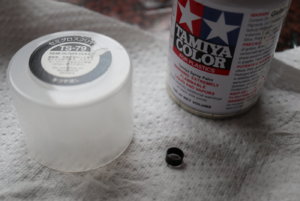
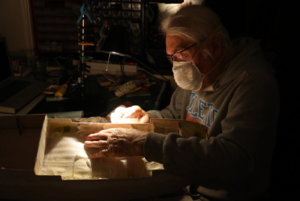
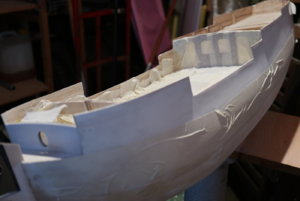
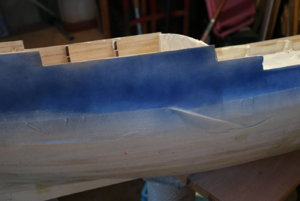
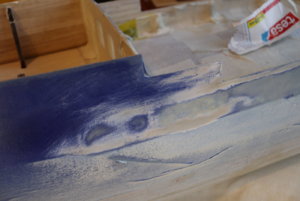
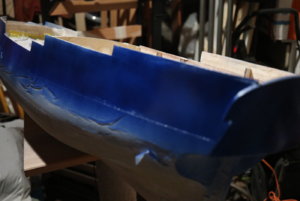
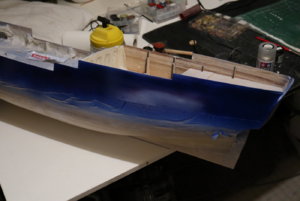
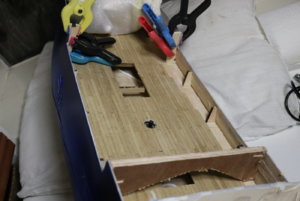
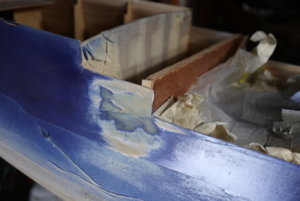
Hi Alex, first degrease with acetone.Issue: my copper burnishing liquid does not provide stable results, and this black substance is getting off easily, when I touch it.
I reviewed the Maarten's blog (page 32) but I did not find any comments on stability of the result.
I tried to cover it with the transparent finish spray.
Any better ideas?
View attachment 133052
oh, yes, of course. It was in the manual. But it does not help. Could it be that I have a wrong chemical? I doubt because the reaction seems to be quite simple, so all suppliers probably deliver the same stuff. Hmmm... OK. The transparent finish paint helps...first degrease with acetone.
Try to sand the parts before burnishing them and leave in the fluid a little longer. Flush them afterwards with water and leave them to dry on air.oh, yes, of course. It was in the manual. But it does not help. Could it be that I have a wrong chemical? I doubt because the reaction seems to be quite simple, so all suppliers probably deliver the same stuff. Hmmm... OK. The transparent finish paint helps...
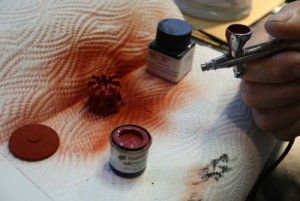
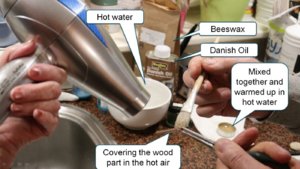
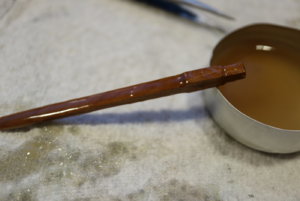
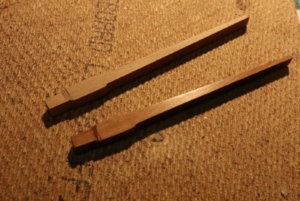
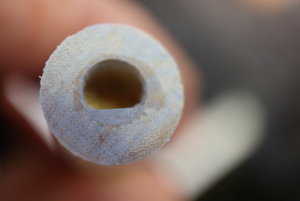
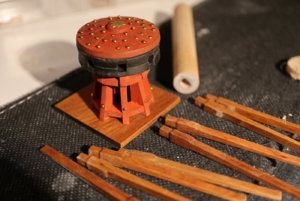
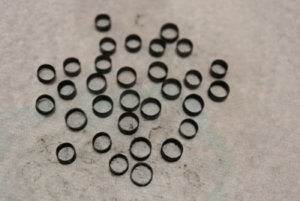
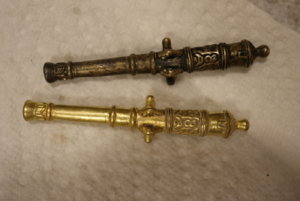
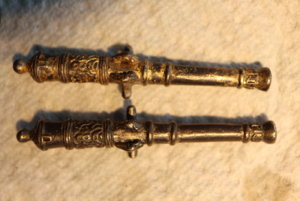
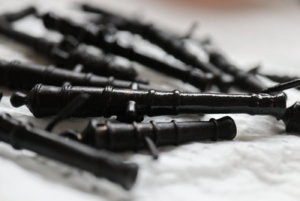
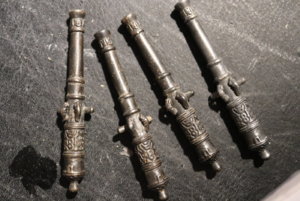
ahahahaha!G'day Alex, are those the metal pieces for going on the cannon wheels, I think if you check them out that they did not use them on the ships as the metal would dig into the wooden decks, they used to put them on the cannon that went on Castle battlements to protect the wheels against the stone paving, ( floors ) ,
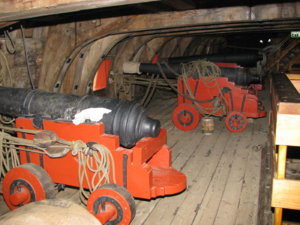
ahahahaha!
Good point, John. I tend to agree.
At the same time, the only reference I have at hand is the Batavia ship from 1600 which is not far away from me. So, I checked it out, see the picture below...
View attachment 133183
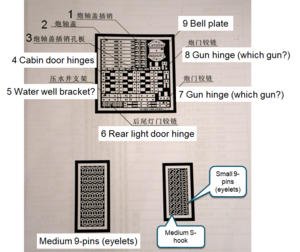
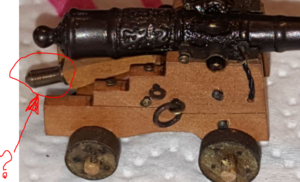
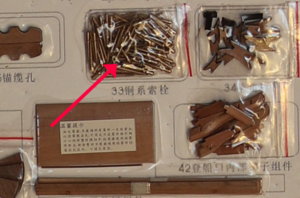
Dear John,Yes just wooden wheel's,
